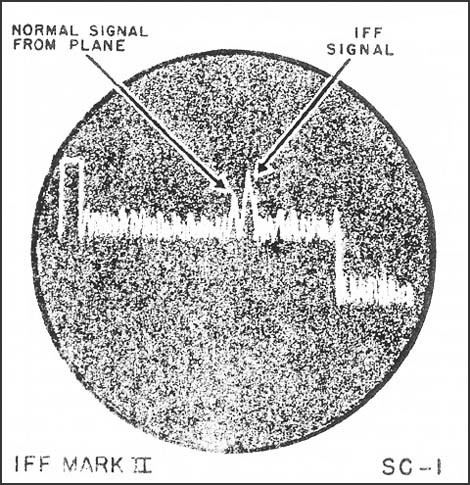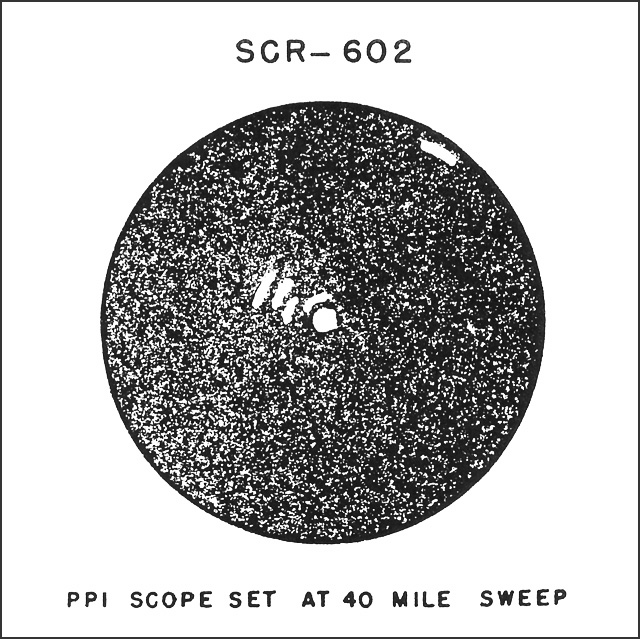There are a lot of possibilities to pick from in ways that Pearl might have been better protected.
Pick your 3 favorite (ideally, those that would have returned a particularly high degree of protection at a low cost, monetarily or via wear and tear on equipment, supplies and manpower).
I'm omitting stuff like "be more aware", "replace Kimmel", etc. Trying to be relatively concrete here... Also, most of this stuff is on the scale of months/weeks/days, not stuff that would have taken 1+ years to implement.
Pick your 3 favorite (ideally, those that would have returned a particularly high degree of protection at a low cost, monetarily or via wear and tear on equipment, supplies and manpower).
I'm omitting stuff like "be more aware", "replace Kimmel", etc. Trying to be relatively concrete here... Also, most of this stuff is on the scale of months/weeks/days, not stuff that would have taken 1+ years to implement.
Last edited:

